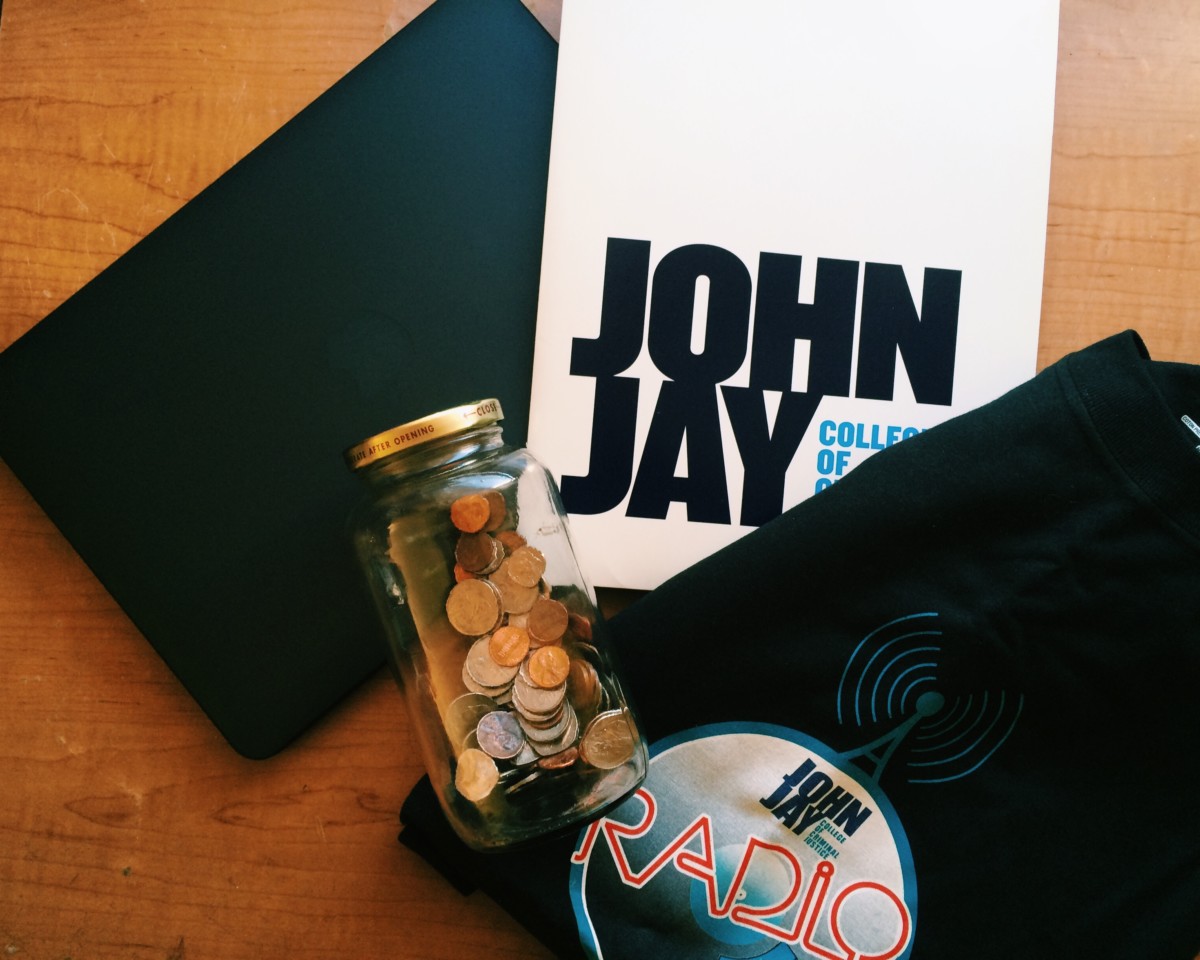A number of Brooklyn students who qualified for what has been touted as the nation’s “first accessible college program”—The Excelsior Scholarship, which supposedly was to make college free for qualifying New York State residents at state schools—have wound up paying their own tuition bills this year anyway. The reason: fine print in the rules.
Introduced in April and touted by Governor Andrew Cuomo, the Excelsior Scholarship provides tuition aid at New York’s public colleges and universities to families making less than $125,000 per year. Some 75,000-people applied, according to New York State records. Excelsior was advertised as a scholarship that could mirror high school, in the sense of free tuition, a boon for low income and middle-class students.
In Crown Heights, this scholarship represented hope for many residents. Khadijah Carter, whose daughter received the scholarship for the State University of New York at Buffalo, said that she was initially hesitant to apply (Her daughter requested that her name not be mentioned). The daughter had received other forms of assistance, so “I didn’t think that she would qualify because of her Tuition Assistance Program and Pell Grant awards,” Carter said. “And then we got an email congratulating us, saying she got it.
“Well, we qualified, but her qualification didn’t matter,” she said.
Carter’s plan had been to use the Excelsior money so that her daughter could take out fewer loans and pay less out-of-pocket fees, such as room and board. But once the state realized that she had received other funding, Carters’ daughter had to forfeit Excelsior. Carter says she understood the reasons, but was disappointed in the way she found out. After receiving the congratulatory email last spring, she heard nothing else from the awards board at New York State Higher Education Services Corporation. In fact, Carter was notified by SUNY Buffalo that her daughter would not receive the award only a few weeks ago, even though the semester began way back in August. “To me they should put it towards room and board,” she said. The absence of the scholarship left Carter, a single mother, to pay the additional expenses herself.
Some educational experts are disappointed in Excelsior, too. Sandy Baum, a senior fellow at the Urban Institute, initially supported the scholarship. “We need to make it very clear to students that they can afford college,” she said. “As the program has evolved, it’s clear that what Excelsior does is pay tuition but not give any extra money to students who already receive TAP and PELL awards.” As a result, families are left to pay all the additional school fees from an already stretched personal budget.
Baum would have liked it better if Excelsior could be used for institutional resources like library textbook rentals or student activity fees. The scholarship should give students the option to use the money where needed, she said. And according to Baum, the primary unmet need is providing students with living expenses as they pursue their degrees. Travel, Metro cards, food, room and board, and textbooks should be considered eligible expenses, she contends.
The scholarship was supposed to be simple. According to the New York State Higher Education Services Corporation, to qualify for Excelsior, applicants must have resided in the state for 12 continuous months before the beginning of the term, be U.S. citizens or eligible non-citizens, and be pursuing an undergraduate degree at SUNY or CUNY colleges. But it turns out that the money won’t go to those who already paid tuition thanks to additional grants. The problem with that is that it turns out to be most of the students who would qualify for Excelsior, according to FAFSA records. (FAFSA is the Free Application for Federal Student Aid, a common form prepared annually by current and prospective college students—undergraduate and graduate—to determine their eligibility for student financial aid).
And there is other fine print for students to worry about. Makeda Jordan, associate director for the Center for Student Involvement and Leadership at John Jay College, explained why her Crown Heights students were deemed ineligible. “The perimeters of the program are kind of difficult to meet,” she said. “You would have had to exhaust all TAP and PELL awards. You also have to maintain the GPA that they set for you. And you have to complete the degree within four years, which is unrealistic for our commuter students that live Uptown.” Many students take a break in their education to work and save money.
“I don’t know who is really eligible for the scholarship,” said Jordan. “Every student that I’ve spoken with that’s eligible hasn’t gotten the award money. Sometimes something on paper makes sense but in reality, it doesn’t do what it’s supposed to do”.
And there is more: Post-graduation, scholarship recipients must keep living and working in New York for the same number of years as they received the award. If recipients get a job elsewhere and relocate, or attend a graduate school out of New York City, the tuition award becomes a standard loan that must be repaid with a high interest rate.
“This is not increasing public good,” said D. Bruce Johnstone, former Chancellor, State University of New York in an interview with The Brooklyn Ink. “Although this will make families in the band of income pleased, it is not going to affect accessibility to life post-graduation.”
Johnstone also finds the residency requirement to be “unnecessary and burdensome.” Neither Governor Cuomo’s office nor the New York State Higher Education Services responded to requests for an interview from The Brooklyn Ink.


Leave a Reply